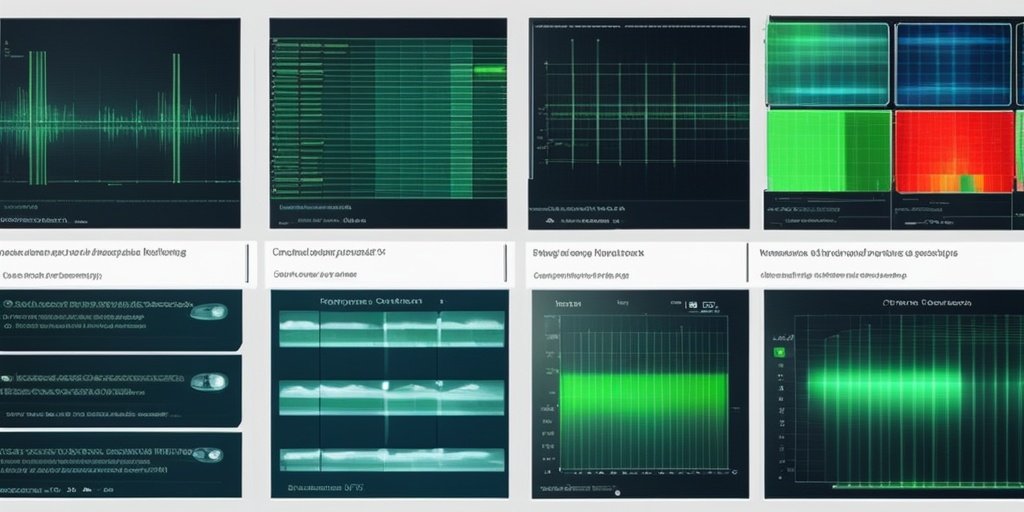⚡ Quick Summary
A recent systematic review highlights the potential of machine learning (ML) in predicting preeclampsia, a significant cause of maternal and perinatal complications. The review analyzed 11 studies, revealing that ML models achieved an impressive area under the curve (AUC) ranging from 0.76 to 0.97, indicating strong predictive capabilities.
🔍 Key Details
- 📊 Dataset: 11 studies from diverse countries including the USA, UK, China, and Korea
- 🧩 Features used: Clinicodemographic characteristics, laboratory reports, Doppler ultrasound, genotypic data, and fundal images
- ⚙️ Technology: Various ML models including extreme gradient boosting (XGBoost), random forest, and neural networks
- 🏆 Performance: AUC values ranged from 0.76 to 0.97 across different models
🔑 Key Takeaways
- 📈 Machine learning is emerging as a powerful tool for predicting preeclampsia.
- 💡 Early prediction can facilitate timely interventions, such as aspirin prophylaxis.
- 🌍 The review included studies from multiple countries, showcasing global research efforts.
- ⚖️ Ethical considerations arise with non-interpretable ML models, emphasizing the need for human oversight.
- 🔍 Future research is essential for validating these models across diverse populations.
- 🧬 Innovative predictors like genotypic data are being explored for enhanced accuracy.
- 📊 High risk of bias was noted in three of the studies, indicating the need for rigorous methodologies.

📚 Background
Preeclampsia is a serious condition that affects pregnant women, leading to significant maternal and perinatal morbidity and mortality. Early identification of women at risk is crucial for implementing preventive measures. Traditional prediction methods have limitations, which is where the integration of machine learning offers promising advancements.
🗒️ Study
This systematic review conducted a comprehensive search across databases such as PubMed, Cochrane, and Scopus for studies published in the last decade. The review focused on the methodologies, predictors, and performance of various ML models in predicting preeclampsia, ultimately including 11 studies after rigorous selection criteria were applied.
📈 Results
The findings revealed that ML models demonstrated a wide range of predictive accuracy, with AUC values between 0.76 and 0.97. Notably, models like XGBoost, random forest, and neural networks consistently outperformed others, showcasing their potential in clinical settings. However, the review also highlighted the challenge of using black box models that lack interpretability.
🌍 Impact and Implications
The implications of this review are significant for maternal healthcare. By leveraging machine learning for early prediction of preeclampsia, healthcare providers can implement timely interventions, potentially reducing the incidence of severe complications. The balance between model performance and interpretability will be crucial for the clinical adoption of these technologies.
🔮 Conclusion
This systematic review underscores the transformative potential of machine learning in predicting preeclampsia. As research continues to evolve, the integration of these advanced predictive models into clinical practice could lead to improved maternal outcomes. Ongoing validation and ethical considerations will be key to harnessing the full benefits of this technology in obstetric care.
💬 Your comments
What are your thoughts on the use of machine learning for predicting preeclampsia? We invite you to share your insights and engage in a discussion! 💬 Leave your comments below or connect with us on social media:
Prediction of Preeclampsia Using Machine Learning: A Systematic Review.
Abstract
Preeclampsia is one of the leading causes of maternal and perinatal morbidity and mortality. Early prediction is the need of the hour so that interventions like aspirin prophylaxis can be started. Nowadays, machine learning (ML) is increasingly being used to predict the disease and its prognosis. This review explores the methodologies, predictors, and performance of ML models for preeclampsia prediction, emphasizing their comparative advantages, challenges, and clinical applicability. We conducted a systematic search of databases including PubMed, Cochrane, and Scopus for studies published in the last 10 years using terms such as “preeclampsia”, “risk factors”, “machine learning”, “artificial intelligence”, and “deep learning”. Words and phrases were selected using MeSH, a controlled vocabulary. Appropriate articles were selected using Boolean operators “OR” and “AND”. The database search yielded 325 records. After removing duplicates and non-English articles, and completing a title and abstract search 55 research articles were assessed for eligibility of which 11 were included in this review. The risk of bias was found to be high in three of the studies and low in the rest. Clinicodemographic characteristics, laboratory reports, Doppler ultrasound, and some innovative ones like genotypic data and fundal images were predictors used to train ML models. More than ten different ML models were used in the 11 studies from diverse countries like the United States, the United Kingdom, China, and Korea. The area under the curve varied from 0.76 to 0.97. ML algorithms such as extreme gradient boosting (XGBoost), random forest, and neural networks consistently demonstrated superior predictive accuracy Non-interpretable or black box ML models may not find clinical application on ethical grounds. The future of preeclampsia prediction using ML lies in balancing model performance with interpretability. Human oversight remains indispensable in implementing and interpreting these models to achieve better maternal outcomes. Further research and validation across diverse populations are critical to establishing the universal applicability of these promising ML-based approaches.
Author: [‘Malik V’, ‘Agrawal N’, ‘Prasad S’, ‘Talwar S’, ‘Khatuja R’, ‘Jain S’, ‘Sehgal NP’, ‘Malik N’, ‘Khatuja J’, ‘Madan N’]
Journal: Cureus
Citation: Malik V, et al. Prediction of Preeclampsia Using Machine Learning: A Systematic Review. Prediction of Preeclampsia Using Machine Learning: A Systematic Review. 2024; 16:e76095. doi: 10.7759/cureus.76095